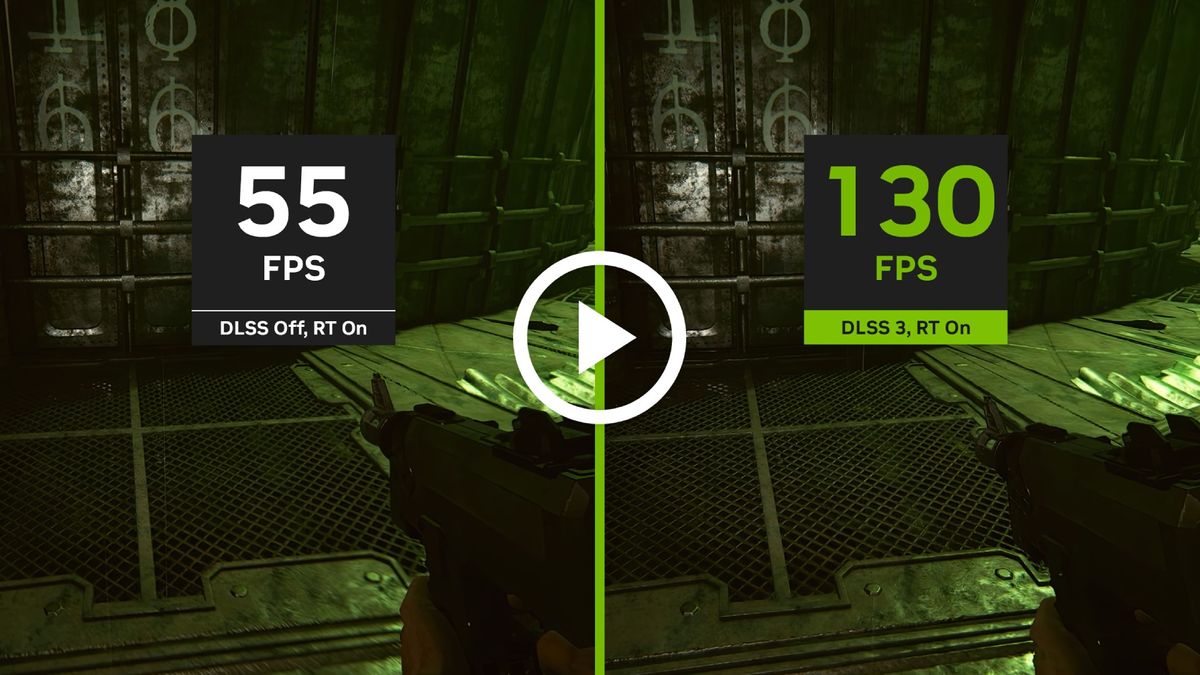
What is Frame Generation? The GPU technology explained in 2025?
- 17.03.2025 10:01
- techradar.com
- Keywords: AMD, Nvidia
Frame Generation is an AI-powered GPU technology that boosts gaming performance by generating additional frames, enhancing framerates. AMD and Nvidia offer different implementations—FSR for AMD and DLSS/DLSS 4 for Nvidia—with varying benefits and limitations. While it improves gameplay, it introduces minor latency and visual artifacts compared to native rendering.